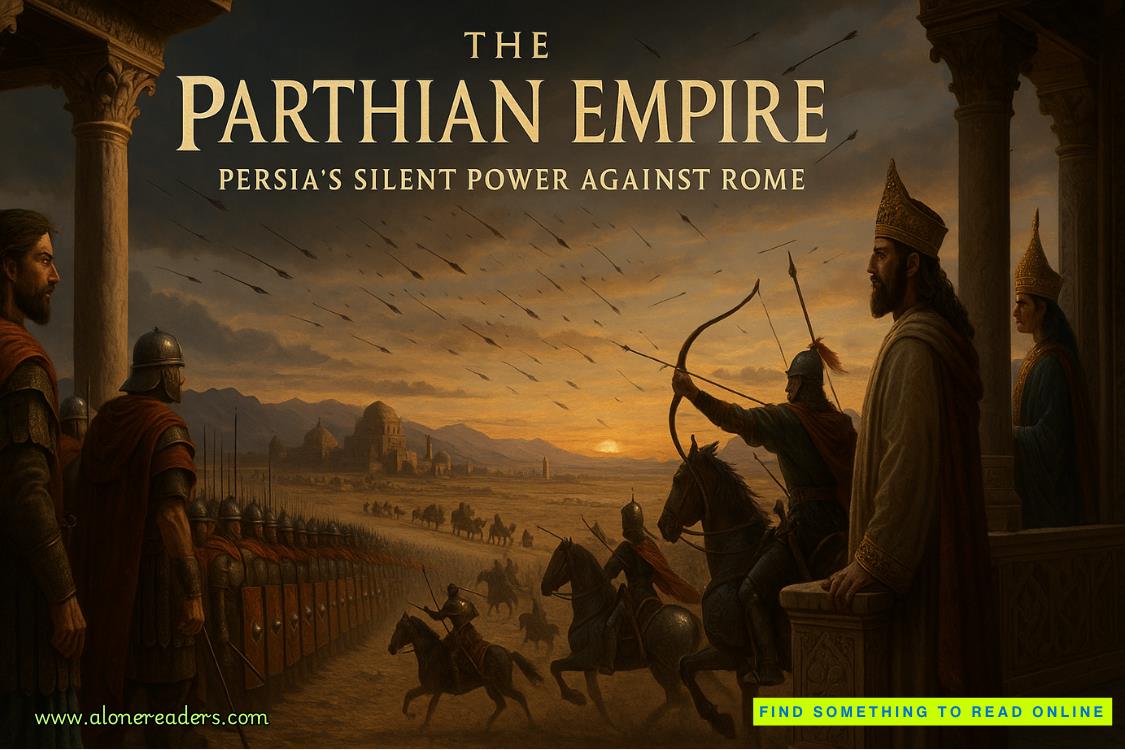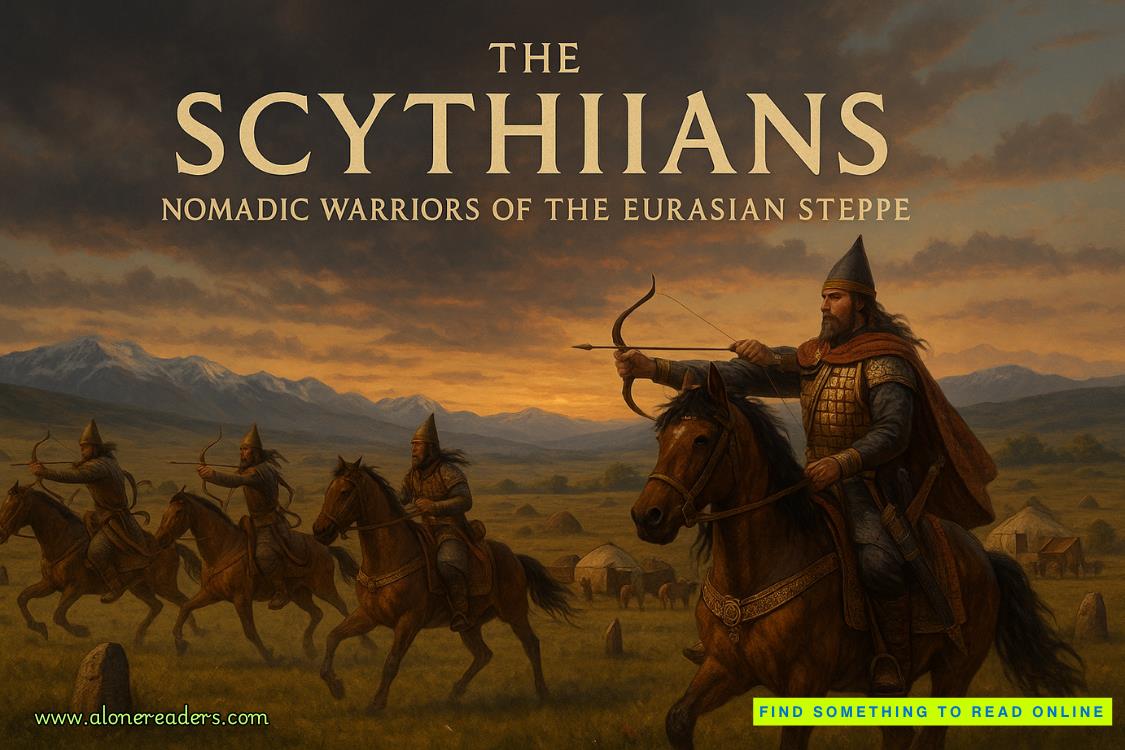Page 67 of Cast in Atonement
“What do they resemble?” Evanton asked.
“Vines, maybe? Nothing you’d consider normal vines, though. Tendrils.”
“Terrano is unharmed.”
“Yes, but...he’s not quite here. The room and the painting were designed to be active or effective here, where we’re standing.”
Evanton cleared his throat. “The corporal has her familiar, and the marks of the Chosen. I would like to examine the painting with my own eyes.”
Serralyn swallowed all further argument and nodded.
Evanton entered the family room, closely followed by Kaylin. Hope could, in an emergency, erect a potent barrier against magic, and she wanted to make sure the elderly Keeper was within range if it went off. The shield was always centered on Kaylin.
Evanton didn’t notice—or if he did, he kept his usual dour remarks to himself. He moved toward the painting of the Swindon family—mother, father, and twelve-year-old daughter, Imelda. Around the room lay shallow wells of darkness; if they’d been light, they’d be pooled at the foot of a standing lamp. She frowned as she considered this. What would the equivalent of lamps be like for darkness?
Thinking this, she looked up.
Hope squawked.
Above her head were circles of darkness, more distinct, more sharp-edged; the darkness on the floor seemed more like inkblots in comparison. “Terrano, can you see the ceiling?”
“If that’s what you want to call it, yeah. What can you see?”
“Black circles. They seem to be evenly spaced, and I think they match the dark blotches on the floor.”
“Can you see anything near the painting?”
She shook her head. “Not besides Evanton, no.” She moved around—or as much around as she could—the dark areas. The floating mark she was using for light dimmed as it crossed the blurry perimeter of the dark patches. She still hated this room.
“Is it safe for Mrs. Erickson to come in?” Bellusdeo asked; she stood in the doorframe, Mrs. Erickson behind her.
“No,” Evanton replied, before Kaylin or Terrano could. “You said the children were afraid of this room?”
“They were,” Mrs. Erickson replied, her voice soft. “Not at the beginning, but toward the end. They couldn’t even speak of it unless they thought I was going to open the door or enter the room. I found their reaction heartbreaking, so the room was neglected while they were alive.” She coughed. “I mean, when they were still with me.”
Kaylin understood the mistake. Mrs. Erickson didn’t see the dead as dead—she saw them as people.
Perhaps because she first saw the dead—invisible to almost all of the living—when she was a child and she couldn’t tell the difference between them and the living, she’d learned to treat everyone as if they were a person, even if they were invisible to the eyes of most.
“They were exceedingly fond of you,” Evanton said, his voice so soft Kaylin almost missed it. “Did they tell you why they feared this place?” He stood in front of the painting itself, and an odd glow enveloped him; had he been walking in daylight, it would have been too subtle to notice.
“No—as I said before, even mention of it would cause them to freeze in place. They wouldn’t come back from terror unless I could change the subject. They pretended that I didn’t know, and I pretended that I wasn’t worried—it was much harder in the later years.”
“The painting appears to be a family portrait. Are you attached to it?”
“I barely remember what it looks like after all these years,” Mrs. Erickson replied—untruthfully, in Kaylin’s opinion.
“It is not, as you must know, a regular painting. There are obvious magical elements—I shall call them pigments for the moment—involved at the heart of the family portrait, but even absent those pigments, there is magic in the weave of the canvas itself.”
Bellusdeo’s voice was a draconic rumble. “What type of magic?”
“I am not a scholar, Lord Bellusdeo. I am fully capable of sensing the magic; I am, in some circumstances, capable of working with it. Were this painting not rooted in place, I would suggest that you take it with you to the Academia, where actual scholars might better answer that question.” He turned toward the door but didn’t otherwise move. “I do not believe this painting can be preserved. The manner of its creation is entwined with every element of it, and given the painter, I do not believe it is entirely safe.”
“Could you take it to the garden?” Kaylin asked.
“It is true that if it is contained in the garden, it would be safe—but I am uncertain that it would be wise. There are things this painting is rooted in that do not belong in any garden.”
“Can you uproot it?”















